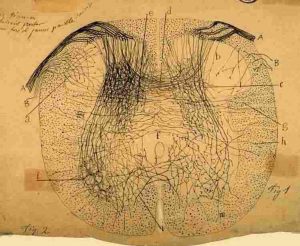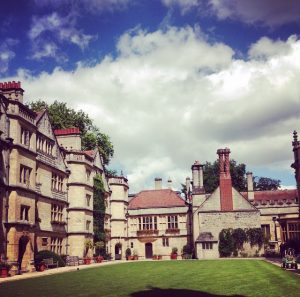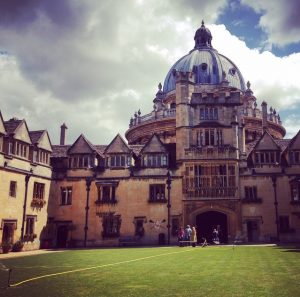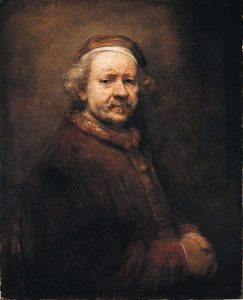BNA: THE INTERNSHIP ENDS (3/3)
I CAN’T BELIEVE FOUR WEEKS HAVE GONE BY SO QUICKLY!
The last two weeks have absolutely flown by. I finish my internship today – I’ll be sad to go. I’ve learnt a lot and met some really interesting people.
During my week break the new website went live, and I believe the new neuroscience Journal has been initiated – everyone in the office has been quite busy.
Last week was spent analysing all of the survey data I’d collected, and producing an overall marketing plan which could be used to inform the marketing approach of the BNA. This involved looking at the automatic analysis SurveyMonkey generated, and picking out/discussing the relevant information. In the week following, I formatted this all into a report, along with all of the other bits and pieces I’d been working on, like an application form for the Student Representative Scheme and undergraduate marketing materials.
As it’s my last day today, I’m currently condensing down my report into a succinct ten minute presentation that I can give when I attend the BNA council meeting on 24th August. After this I’m going out with my supervisor for farewell drinks, along with the other intern and her hosting lab – a lovely way to end my internship.
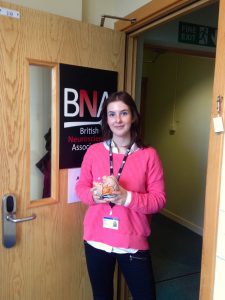
To conclude, this internship has definitely given me many transferable skills; it’s been a largely independent project and so I’ve had to practise organising my time effectively, along with learning how to be resourceful and tackle a complex/unexpected problem from many different angles. I hope my project will be of use to the BNA and help to increase their student and associate membership in future.
If anyone reading this is still debating over whether or not to apply for Charity Insights, I would thoroughly recommend it!
<– LAST TIME

